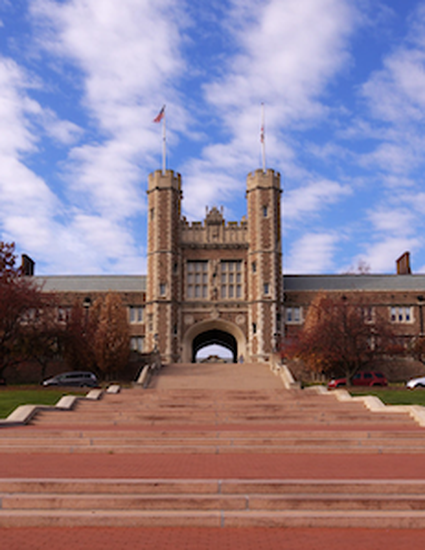
Thesis
Petrology, geochemistry and geochronology of lower-crustal xenoliths, Central Mexico
(1990)
Abstract
Lower-crustal xenoliths from Quaternary-age volcanic vents in central Mexico have diverse lithologies. Their petrographic and geochemical characteristics are similar to other xenoliths collected in Mexico and a similarity in lithology probably exists over a large portion of the Mexican lower crust. Meta-igneous granulites range widely in composition and may have been formed in an arc-setting as cumulates or liquids, since most retain trace element concentrations that are similar to those found in typical arc-related rocks. Meta-sedimentary granulites are similar to depleted shales and may represent either the basement that existed before arc volcanism created the meta-igneous granulites, or alternatively, sediments that were obducted from a subducting slab. U-Pb zircon geochronology suggests that the protoliths for metaigneous xenoliths either formed from subduction-related magmas in Paleozoic to Precambrian time, or alternatively, formed in the mid-Tertiary from Sierra Madre Occidental magmas that assimilated older, zircon-bearing crust.
Disciplines
Publication Date
December, 1990
Degree
Master of Arts
Field of study
Earth Science
Department
Department of Earth and Planetary Sciences
Advisor
James Luhr and Samuel Bowring
Citation Information
Greg Pool. "Petrology, geochemistry and geochronology of lower-crustal xenoliths, Central Mexico" (1990) Available at: http://works.bepress.com/greg-pool/1/
